Communist Budapest private tour with a russian jeep

Communist Budapest private tour with a russian jeep Discover the life behind the Iron Curtain and learn about the communist past of Budapest Previous Next What’s included? Languages: English, German, Russian, Italian, Spanish, Portuguese Flexible departure time, opt for a morning or afternoon tour Transportation with russian UAZ jeep ‘Ushanka’ caps for photos and selfies […]
Art Noveau Budapest Tour – the Hungarian Secession
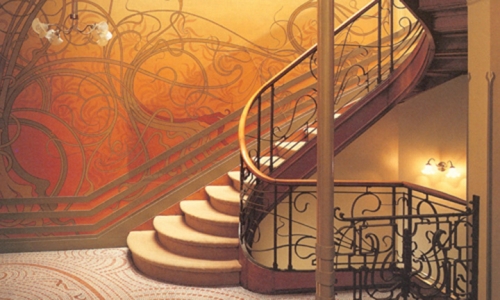
from $60 per person
4-Hour Private Guided Tour of Budapest City by Car/Minivan
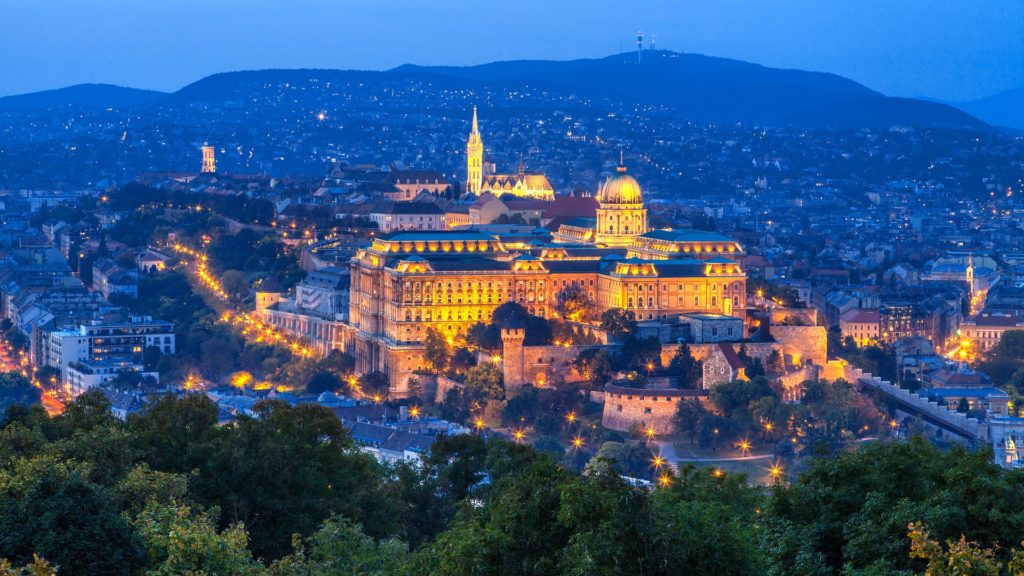
from $60 per person
Andrassy Avenue, the iconic boulevard of Budapest
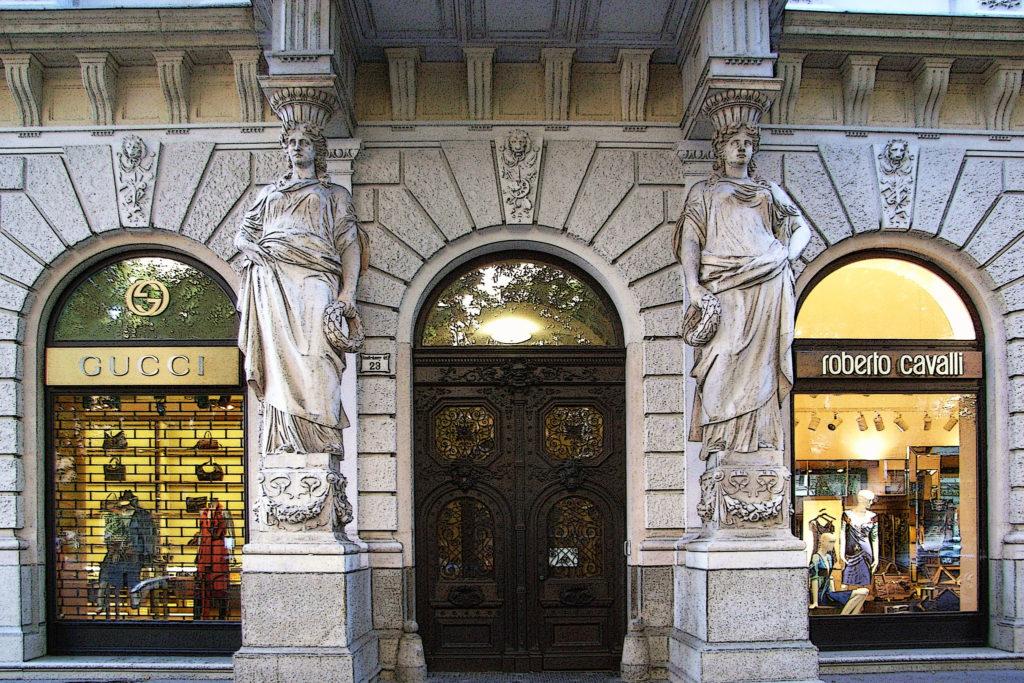
Andrassy Avenue, the iconic boulevard of Budapest Often called as the Champs Elysées of Budapest, Andrássy Avenue counts to be the most elegant street in the capital. This is not only by chance, maybe Budapest would have not developed in this way, if Count Gyula Andrássy, later the primeminister of the Austrian-Hungarian Monarch had not […]
Aquincum – the roman Budapest
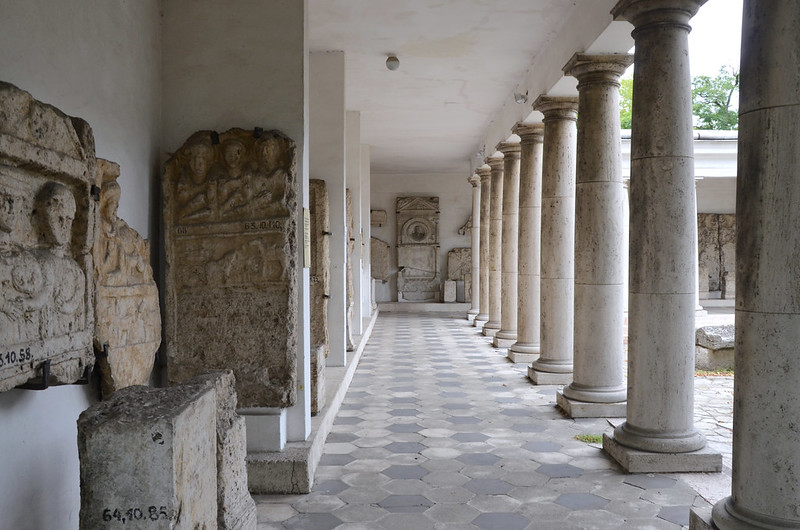
Aquincum – the roman Budapest Roman legions arrived to the present territory of Hungary about 10 AC, and settled western Hungary, using the line of river Danube as border. They called the newly conquered lands Pannonia Inferor, which soon became a prosperous colony. The once upon a time ‘capital’ of Pannonia was Aquincum – named […]
Heroes’ Square Budapest
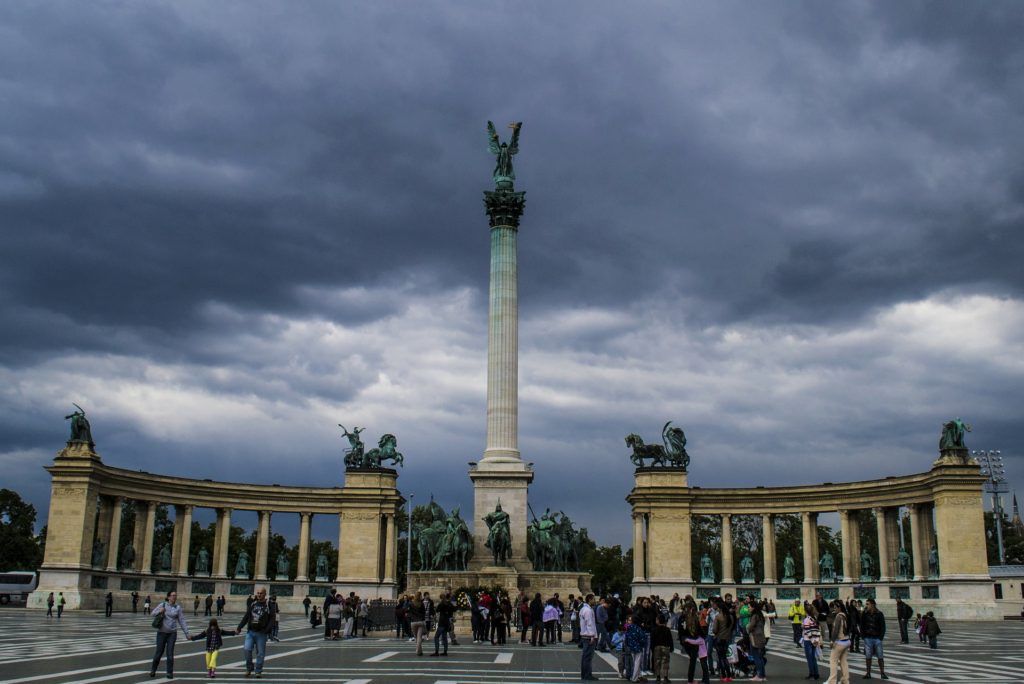
Heroes’ Square Budapest Heroes’ Square (or „Hősök tere” in Hungarian) is one of the most-visited attractions in Budapest, which was created in almost 30 years, starting towards the end of the 19th century. Widespread disbelief, that the Millenium Column and Millenium Monument of the square was built for the Millenium Celebrations of 1896. In fact, […]
The Royal Palace of Budapest

The Royal Palace of Budapest Budapest’s cityscape from the Danube bank is part of UNESCO’s world heritage. A distinguishing feature of this view is Castle Hill and the castle itself, a system of fortifications from mediaeval times which encloses the Palace of the Buda Castle and the historical residential quarter. Mongolians, Turks, Austrians, Germans fought here, and […]
The fountains of youth – drinking halls of Budapest
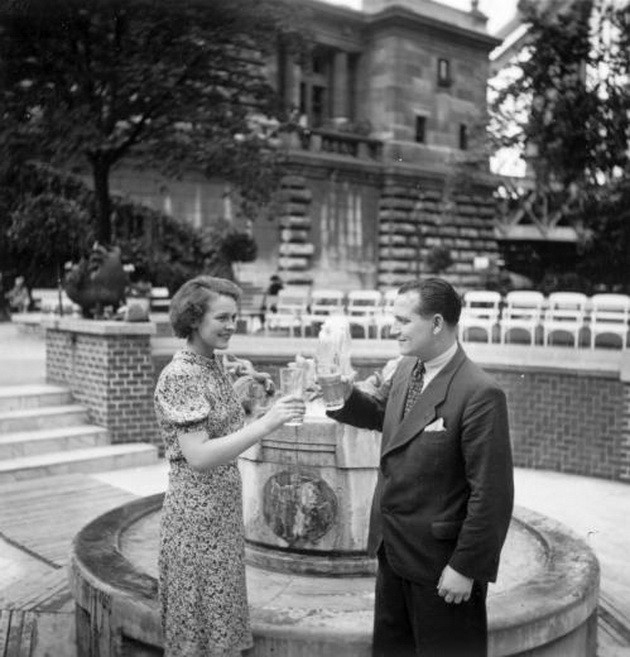
The story of Budapest mineral waters is very interesting and their curative effect is an even bigger treasure than the cultural value that they represent. Medicinal thermal waters that burst out from the ground have often been utilised by building both baths and bottling plants, and in these spas we can’t only take a splash […]
The House of Hungaricums in Budapest and The Great Hungarian Hungarikum Show

What is called ‘Hungaricum’? In the beginning of the 21th century a movement was organized that aimed to systematize and sum up the Hungarian values. After a broad societal and professional collation an act concerning Hungarian national values and Hungarikums was established and declared by the Hungarian Government on the 2nd of April, 2012. The act’s […]
The Turul, the mythical bird of Hungarians
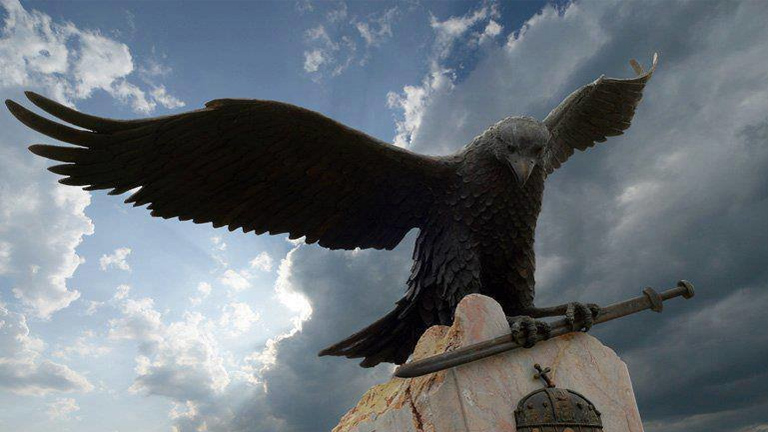
One of the most beautiful and mysthical symbol of Hungarians is the Turul bird. The Turul is probably a large falcon, and the origin of the word is most likely Turkic: togrıl or turgul means a medium to large bird of prey. Turul – as first name – used in Turkey even today. In Hungarian […]
The ’Trevi Fountain of Budapest’ – Matthias Fountain in Buda Castle
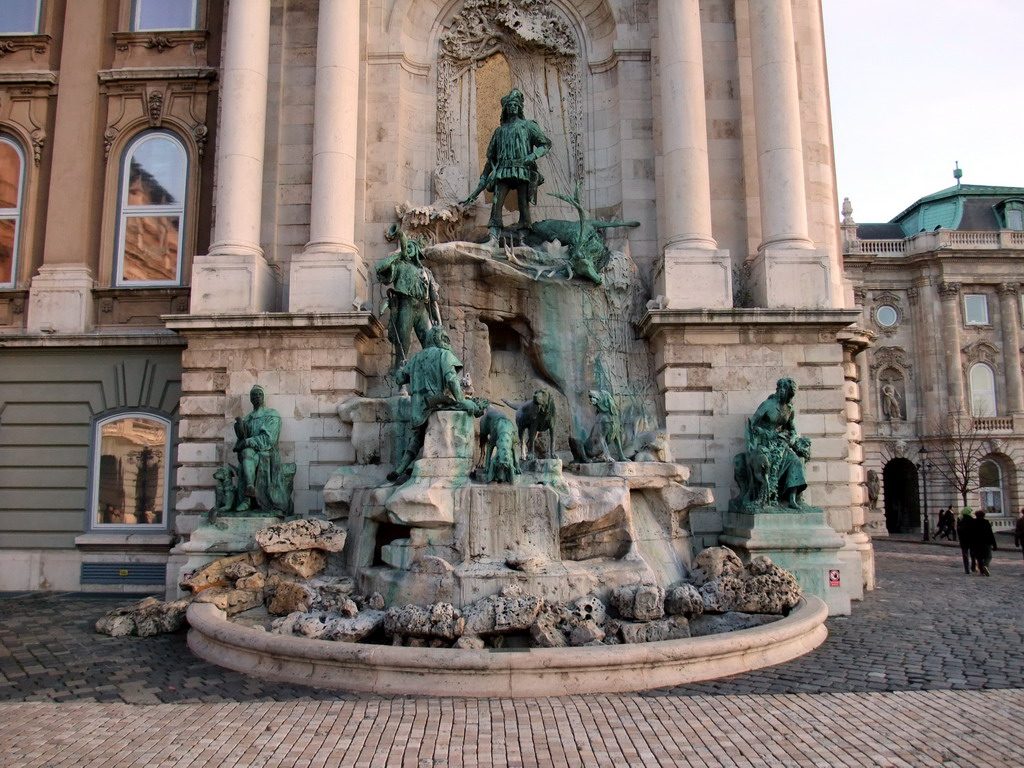
Trevi Fountain of Budapest This monumental fountain – designed in 1904 by one of Hungary’s most acclaimed sculptors, Alajos Stróbl – overlooks a courtyard of Budapest’s Royal Palace. The fountain shows a scene from the legend of King Matthias and the’ beautiful Ilonka’. The story was recorded by the court historian and later popularized by […]
Gül Baba’s tomb in Budapest
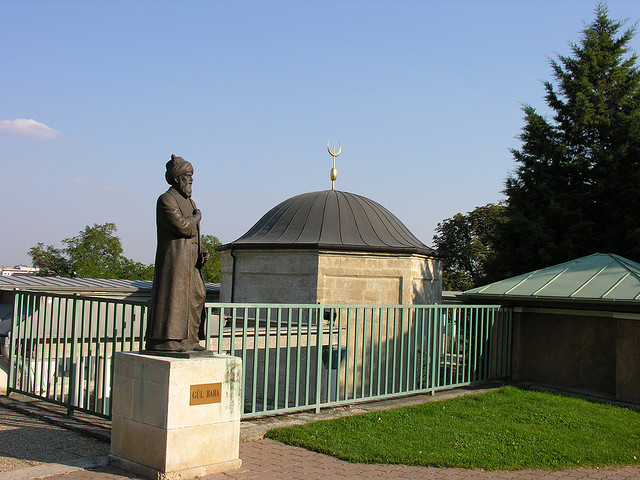
Gül Baba – called alse the ‘father of roses’- was an Ottoman Bektashi dervish, poet and companion of Sultan Suleiman the Magnificent who took part in a number of Ottoman invasions of Europe. He is thought to have died in Buda during the first Muslim religious ceremony held after the Ottoman victory of 1541, or […]
Dagály Thermal Spa and Danube Arena
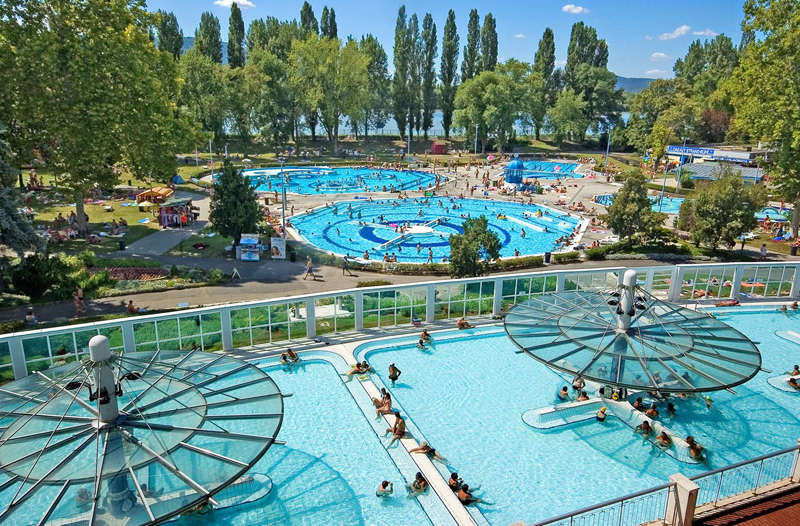
Dagály Beach and Swimming Pool was opened in 1948 in a scenic environment at northern Budapest, on the banks of the river Danube. Thermal waters found under the bed of Danube previously wastefully flowing into the river were utilised at its opening in 1948. The water comes from a depth of 126 m, delivering thermal […]

